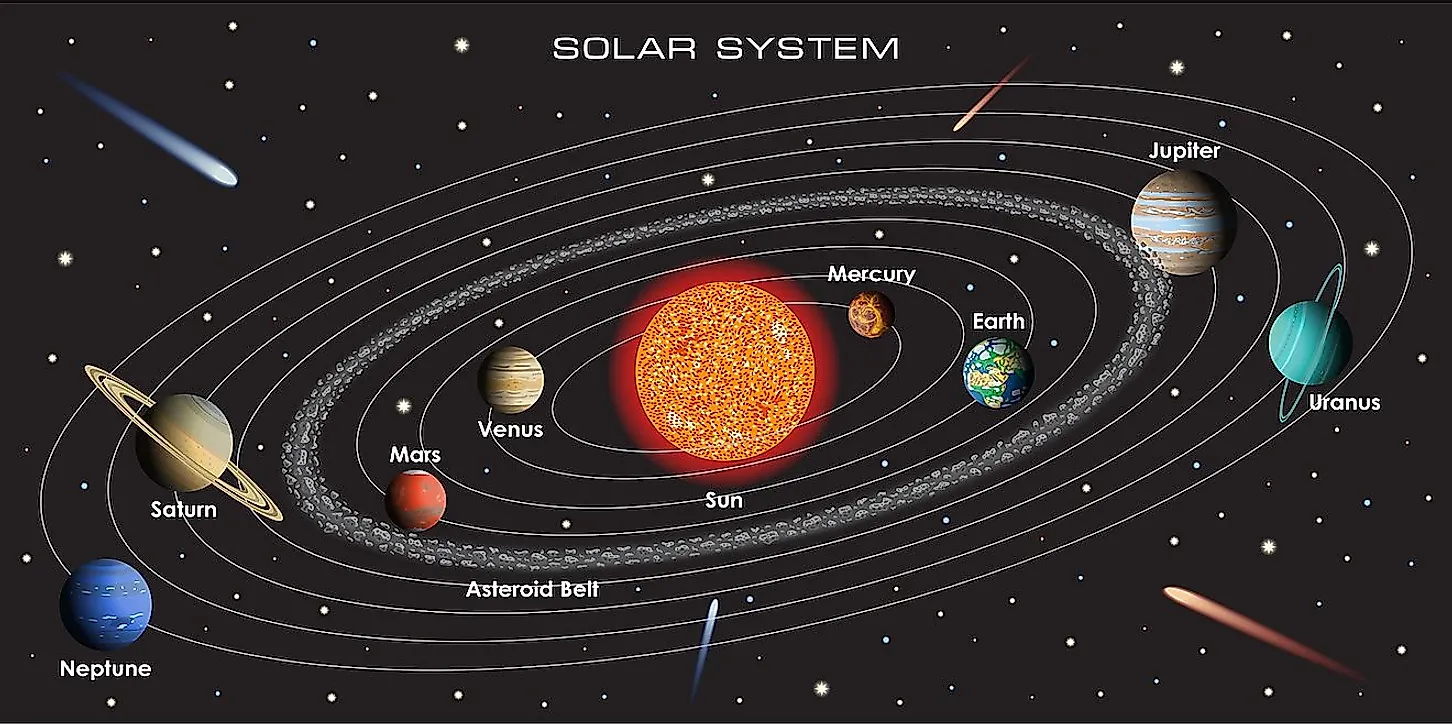
How Long is a Day on Each Planet?
On Earth, a day lasts 24 hours. The length of a day on our world is determined by the rotational velocity of our planet. When we say a day is 24 hours, this means that it takes 24 hours for the Earth to rotate once about its axis. However, there are two different ways to measure the length of a day. There are sidereal days and solar days.
A sidereal day is the time it takes for a planet to rotate once about its axis, while a solar day is the time it takes for the sun to return to the same position. While sidereal days generally remain constant, solar days can vary depending on the orbit and axis tilt of a planet. On Earth, a solar day is 24 hours, while a sidereal day is 23 hours and 56 minutes, four minutes shorter than a solar day. Every planet in our solar system has a different rotational period and orbit, so the length of both sidereal days and solar days will also be different depending on the planet. How long is a day on every planet in our solar system?
Mercury
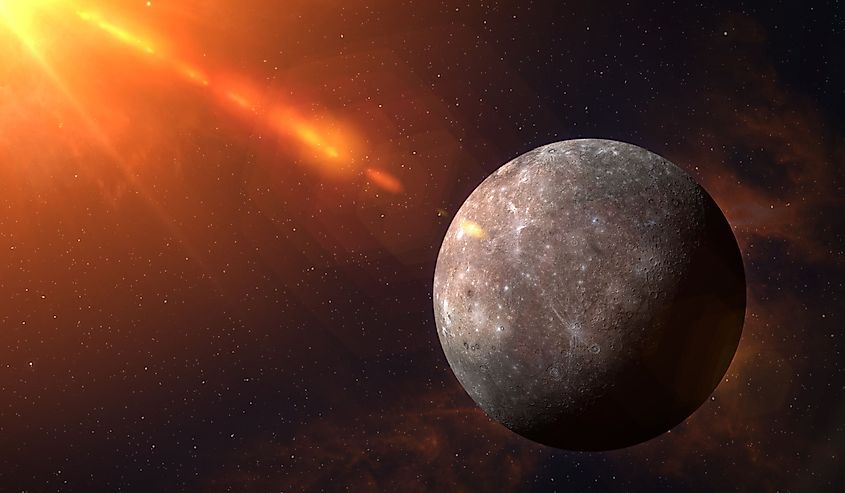
Mercury is the smallest planet in the solar system and the closest planet to the sun. Since Mercury is the closest planet to the sun, it also has the shortest orbital period, taking only 88 days to complete one orbit around the sun. The orbital and rotational periods of Mercury exist in a 3:2 resonance. This means that for every three orbits, Mercury rotates twice about its axis. It takes Mercury approximately 58.6 days to complete one full rotation which is a sidereal day on Mercury. A solar day, which is the time it takes for the sun to return to the same position, is 176 days on Mercury, or about three times longer than a sidereal day.
Venus
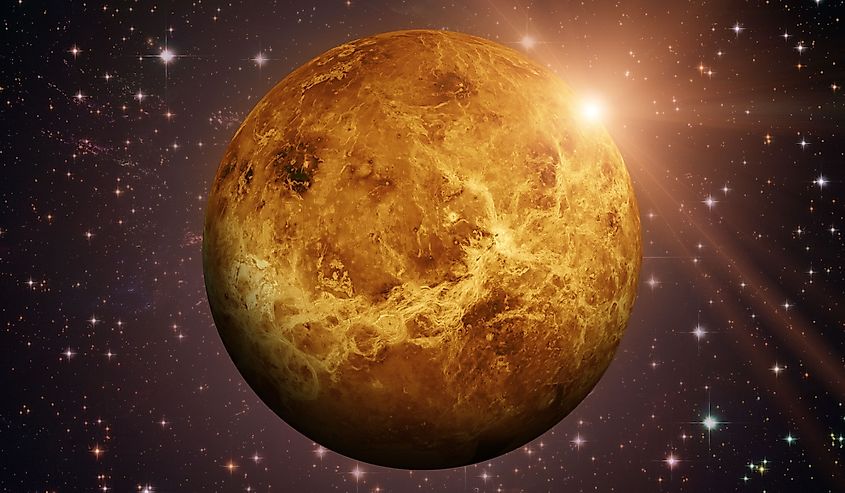
Venus is the second closest planet to the sun and the closest planet to Earth. Venus also has the slowest rotation of any planet in the solar system, and thus it has the longest measured sidereal day of any other planet. Venus rotates so slowly that it takes longer for Venus to rotate once about its axis than it does to orbit the sun. It takes Venus 225 days to orbit the sun, and 243 days to rotate once about its axis. This means that a sidereal day on Venus is longer than a year. A solar day, however, is just over half the length of a Venusian year. A solar day on Venus lasts 116.7 days, so a solar day is shorter than a year on Venus.
Mars
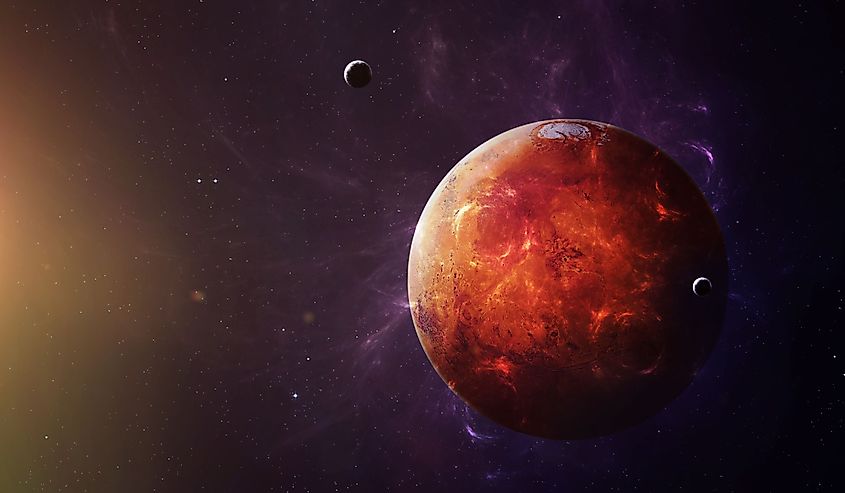
Mars is the fourth planet from the sun and the most studied planet in our solar system after Earth. While Mars is further from the sun than Earth, and it is much smaller and less massive, the length of a day on Mars is similar to that of Earth. Mars has a sidereal day of 24 hours and 37 minutes. This is very similar to a sidereal day on Earth, which is 23 hours and 56 minutes. Solar days on both worlds are also quite similar, being 24 hours on Earth and 24 hours 40 minutes on Mars. When humans eventually set foot on Mars, at least they won’t have to adjust their internal clocks too drastically.
Jupiter
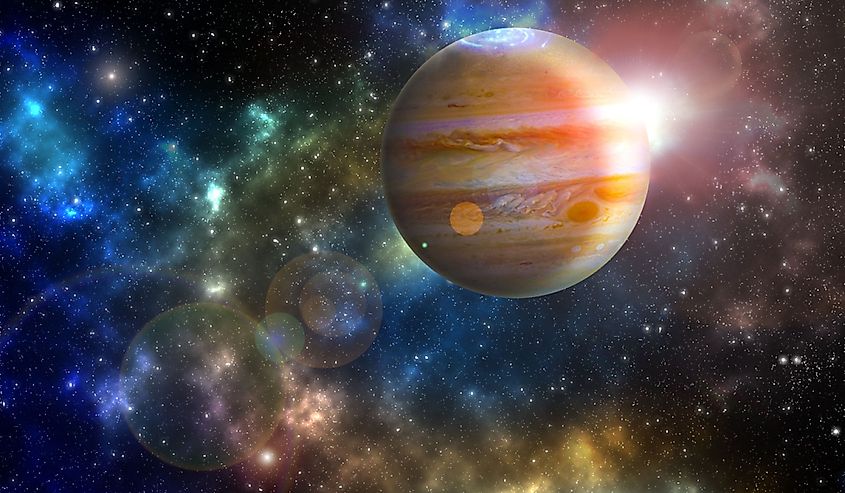
Beyond the orbit of Mars is the realm of the gas giants. The first gas giant after Mars is Jupiter, the largest and most massive planet in the solar system. Jupiter also has the fastest rotational speed of any planet, and so it also has the shortest sidereal day in the solar system. A sidereal day on Jupiter lasts only 10 hours, meaning it takes 10 hours for Jupiter to rotate once about its axis. A solar day on Jupiter is the same as its sidereal day, lasting around 10 hours. Since Jupiter has no visible solid surface, astronomers rely on measuring the speed of gas in Jupiter’s upper atmosphere. The speed of this gas changes with latitude, and so the length of a day on Jupiter is dependent upon where you happen to be in the atmosphere. For example, polar regions rotate more slowly than equatorial regions.
Saturn
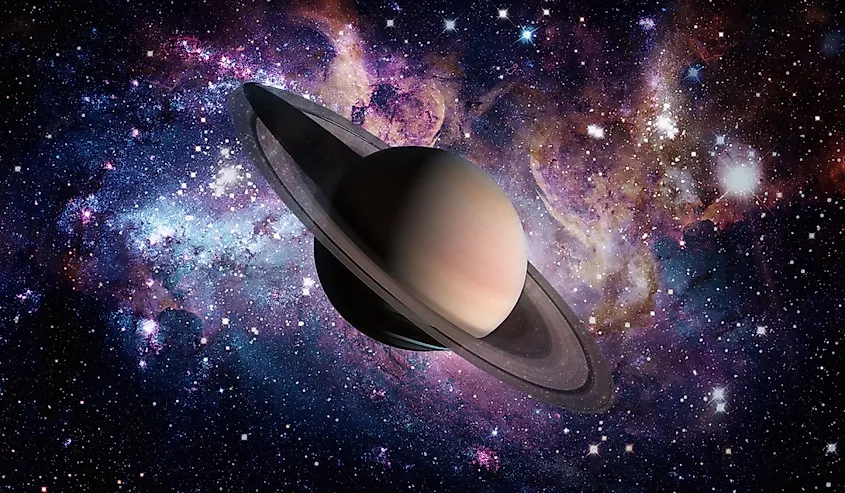
Like Jupiter, Saturn is a gas giant and is the second-largest planet in the solar system. The length of a day on Saturn was one of its biggest mysteries. Calculating the length of a day on a gas giant is difficult as there are no solid structures to use as a reference. In the case of Saturn, scientists measured the gravitational effect that Saturn has on its rings, which allowed them to measure the length of a day on Saturn, which turned out to be about 10 hours and 33 minutes. This is only slightly longer than a day on Jupiter. Like Jupiter, a solar day and a sidereal day are the same lengths on Saturn.
Uranus
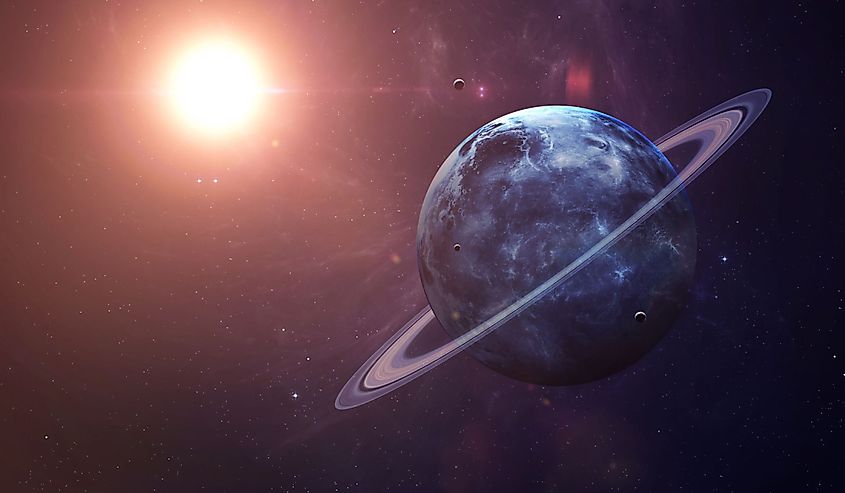
Uranus is the seventh planet from the sun and the first planet discovered with a telescope. A day on Uranus lasts about 17 hours and 14 minutes, seven hours shorter than a day on Earth. While the rotational rate of Uranus may not seem overly interesting, the way Uranus rotates is unique. Unlike every other planet in the solar system, the axis of Uranus tilts a full 90 degrees, meaning that Uranus is actually rotating on its side. Rather than spinning side to side, Uranus spins top to bottom, something that is distinctive to this planet. Exactly why Uranus spins on its side remains a mystery, yet it was likely due to a planetary collision billions of years ago.
Neptune
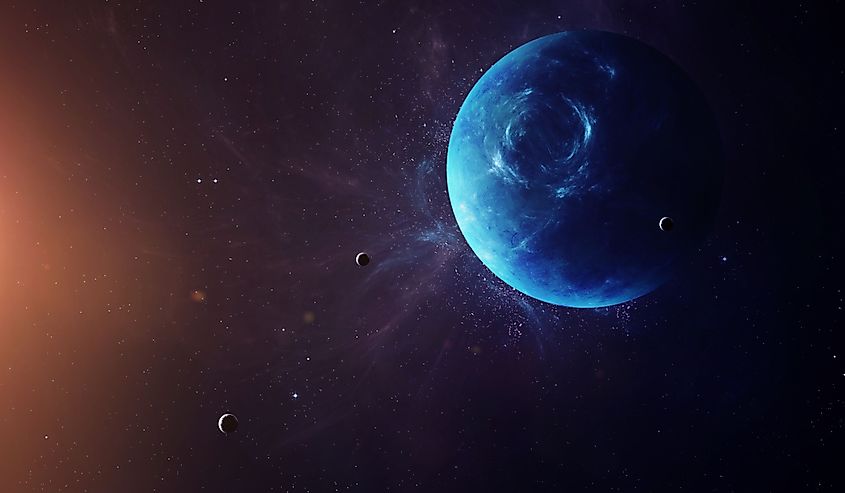
Neptune is the farthest known planet from the sun. Neptune is the smallest of the outer planets, being slightly larger than Uranus. However, while Neptune is smaller than Uranus, it is slightly more massive. The length of a day on Neptune is similar to that of Uranus. It takes Neptune about 16 hours to rotate once about its axis, just over an hour shorter than a day on Uranus and 8 hours shorter than a day on Earth. While a day on Neptune might seem short, the length of its year is longer than any other planet, as it takes Neptune a staggering 165 years to orbit the sun. Neptune has only completed one orbit since its discovery in 1846.
Length of a Day on Each Planet
| Planet | Sidereal Day | Solar Day |
|---|---|---|
|
Mercury |
58.6-days |
176-days |
|
Venus |
243-days |
116.7-days |
|
Earth |
23-hours 56-minutes |
24-hours |
|
Mars |
24-hours 37-minutes |
24-hours 40-minutes |
|
Jupiter |
10-hours |
10-hours |
|
Saturn |
10-hours 33-minutes |
10-hours 33-minutes |
|
Uranus |
17-hours 14-minutes |
17-hours 14-minutes |
|
Neptune |
16-hours |
16-hours |











